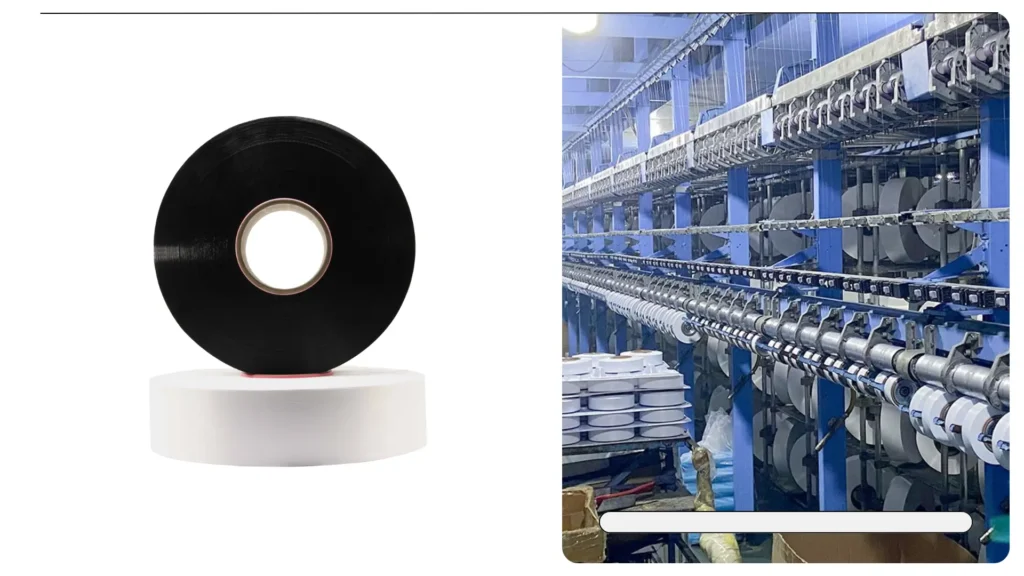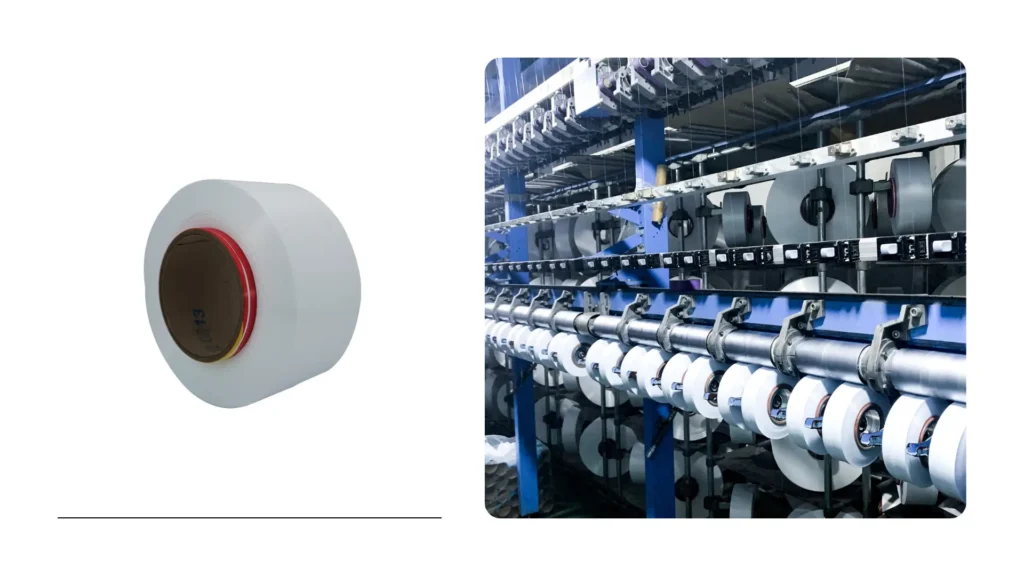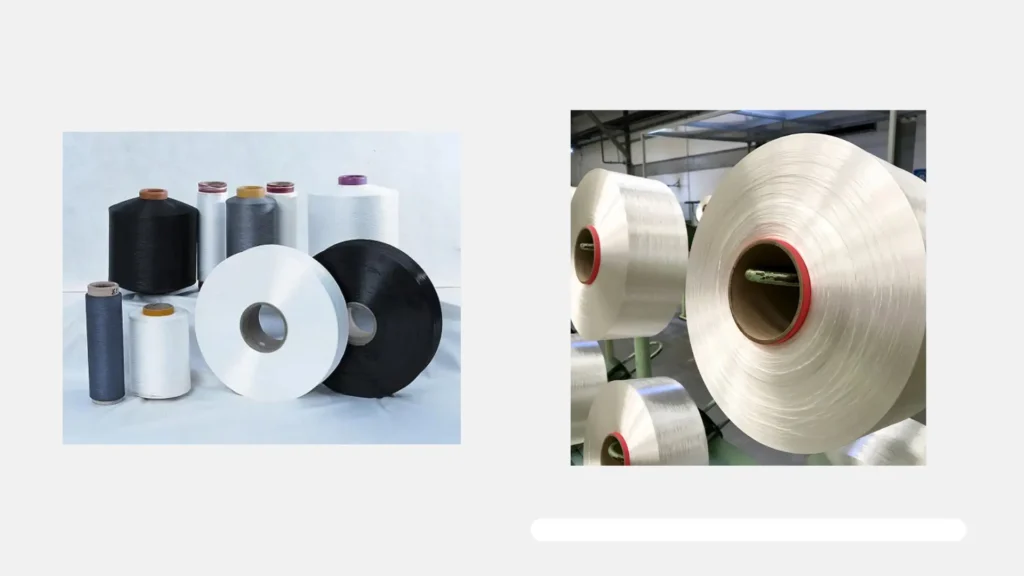What Is the Impact of Material Quality on Defects in Nylon 6?
Nylon 6 is widely used in a variety of industries due to its versatile nature. In the textile industry, it is commonly found in clothing, carpets, and upholstery, where its durability and ease of dyeing are highly valued.
In the automotive sector, it is utilized for components like fuel lines, electrical connectors, and gears, where strength and flexibility are critical.
Additionally, Nylon 6 is employed in industrial applications, such as conveyor belts and machinery parts, highlighting its broad range of uses.
The quality of materials used to produce Nylon 6 directly influences the performance and longevity of the final product.
High-quality materials lead to fewer defects, which in turn ensures that products meet customer expectations and comply with industry standards.
Poor material quality can result in various defects, leading to product failures, customer dissatisfaction, and potential safety hazards.
Therefore, prioritizing material quality is essential for manufacturers aiming to maintain a competitive edge.
How Does Raw Material Purity Affect Nylon 6 Quality?
Understanding Raw Material Purity
Raw material purity refers to the absence of contaminants or impurities in the caprolactam used for producing Nylon 6.
High purity levels are crucial for achieving optimal material properties, as impurities can disrupt the polymerization process and lead to subpar material characteristics.

Impact of Impurities
Impurities can introduce weaknesses in the polymer structure, resulting in defects such as brittleness, discoloration, or reduced tensile strength.
These issues can compromise the overall performance of Nylon 6 products, making them less reliable and more prone to failure under stress.
Ensuring Raw Material Purity
To ensure high purity, manufacturers should source caprolactam from reputable suppliers and conduct regular quality tests on incoming materials.
Implementing strict quality control measures during the sourcing process can minimize the risk of defects, ultimately leading to enhanced product quality and customer satisfaction.
Learn More:
- What are Common Defects in Nylon 6 Manufacturing
- What Techniques Do Manufacturers Use to Detect Defects in Nylon 6
What Role Does Processing Temperature Play?
Importance of Processing Temperature
Processing temperature is a critical factor in the production of Nylon 6.
Proper temperature control during polymerization and molding is essential for achieving the desired material properties.
Variations in temperature can significantly affect the final product’s quality.
Effects of High and Low Temperatures
High processing temperatures can lead to thermal degradation, which may result in discoloration, loss of mechanical strength, and reduced durability.
Conversely, low temperatures can cause incomplete polymerization, leading to weak and inconsistent material properties.
Both scenarios can create defects that compromise product quality.
Best Practices for Temperature Management
Manufacturers should implement precise temperature monitoring and control systems to maintain optimal processing conditions.
Regular training for staff on the importance of temperature management can also enhance product quality, ensuring that materials are processed correctly to achieve desired performance specifications.

How Does Moisture Content Influence Defects?
Understanding Moisture Sensitivity
Nylon 6 is hygroscopic, meaning it has the ability to absorb moisture from the environment.
This characteristic makes moisture control critical during the production process, as excessive moisture can lead to various defects.
Effects of Excess Moisture
Excess moisture can lead to hydrolysis, a chemical reaction that breaks down the polymer chains and weakens the material.
This can cause defects such as brittleness, dimensional changes, and a reduction in overall performance.
Maintaining optimal moisture levels is essential for preserving the integrity of Nylon 6.
Strategies for Moisture Control
Manufacturers can implement dehumidification systems and moisture-resistant packaging to minimize moisture exposure during production and storage.
Regular monitoring of humidity levels is essential to prevent defects related to moisture absorption, ensuring that materials remain stable and reliable.
What Impact Do Additives Have on Nylon 6 Quality?
Role of Additives
Additives are often incorporated into Nylon 6 to enhance specific properties, such as UV resistance, flame retardancy, and impact strength.
These additives can significantly improve the performance and versatility of the final product.
Importance of High-Quality Additives
Using low-quality additives can lead to incompatibility with the base material, resulting in defects such as uneven texture, reduced strength, or compromised chemical resistance.
High-quality additives contribute to the overall performance and reliability of Nylon 6 products, making their selection crucial.

Selecting the Right Additives
Manufacturers should carefully select additives from reputable suppliers and conduct compatibility tests to ensure they perform as intended.
This attention to detail helps maintain product quality and ensures that the final products meet customer expectations.
How Do Processing Techniques Affect Material Quality?
Overview of Processing Techniques
Processing techniques such as injection molding, extrusion, and blow molding play a significant role in determining the final properties of Nylon 6 products.
Each technique has its advantages and potential pitfalls that can affect material quality.
Effects of Improper Processing
Improper processing techniques can introduce defects such as air bubbles, incomplete filling, and dimensional inaccuracies.
These issues can arise from incorrect machine settings, inadequate cooling times, or poorly designed molds, all of which can negatively impact the final product’s performance.
Importance of Training and Equipment Maintenance
Regular training for operators on the best practices for processing techniques is essential to minimize defects.
Additionally, maintaining machinery and equipment in optimal condition ensures that production processes are efficient and effective, reducing the likelihood of defects in the final product.
What Is the Role of Quality Control in Material Selection?
Importance of Quality Control
Quality control is vital for ensuring that materials and products meet established standards.
It involves systematic processes to identify defects and ensure high-quality Nylon 6 production, safeguarding both the manufacturer and the consumer.
Techniques for Quality Control
Common techniques for quality control include visual inspections, mechanical testing, and chemical analysis of raw materials.
These methods help manufacturers detect issues early in the production process, allowing for timely corrective actions and ensuring that products meet quality specifications.

Continuous Improvement in Quality Control
Establishing a culture of continuous improvement in quality control processes can enhance overall product reliability.
Regularly reviewing and refining quality control techniques helps manufacturers stay ahead of potential quality issues, fostering greater efficiency and customer trust in the brand.
How Does Supplier Reliability Impact Material Quality?
Importance of Reliable Suppliers
The reliability of suppliers plays a crucial role in ensuring consistent material quality.
Manufacturers should establish strong relationships with their suppliers to ensure they adhere to quality standards throughout the supply chain.
Evaluating Supplier Quality
Evaluating supplier quality involves assessing their production processes, raw material sourcing, and quality assurance practices.
Regular audits and performance reviews can help maintain high standards and ensure that the materials provided meet the manufacturer’s specifications.
Building Long-Term Partnerships
Building long-term partnerships with reliable suppliers fosters trust and stability in the supply chain.
This collaboration enhances the overall quality of Nylon 6 products, reduces the risk of defects, and ultimately contributes to customer satisfaction.

Conclusion
The impact of material quality on defects in Nylon 6 is significant and multifaceted.
By focusing on aspects such as raw material purity, processing temperature, moisture content, additives, processing techniques, quality control, and supplier reliability, manufacturers can significantly reduce defects and enhance product performance.
Prioritizing material quality not only leads to superior products but also fosters customer satisfaction and trust in the brand.
Through continuous efforts to improve material quality, the industry can deliver high-performance Nylon 6 products that meet and exceed customer expectations.



